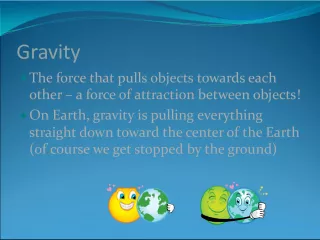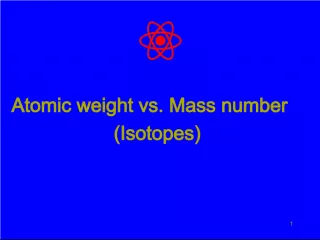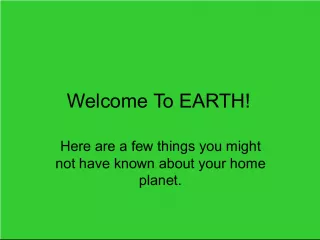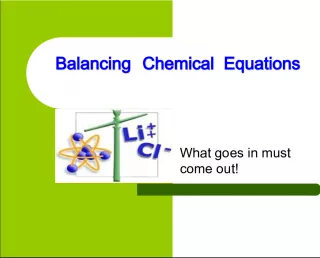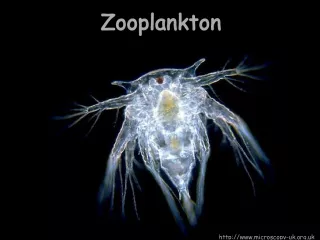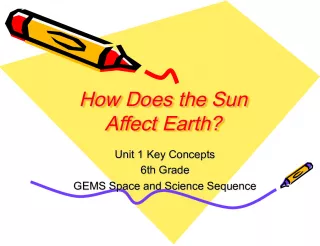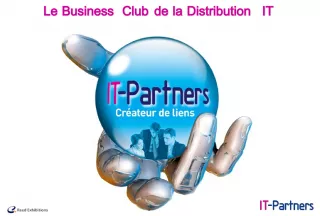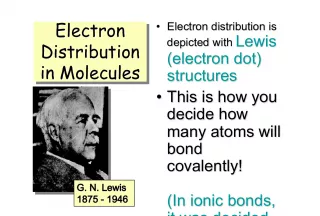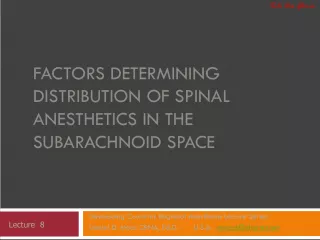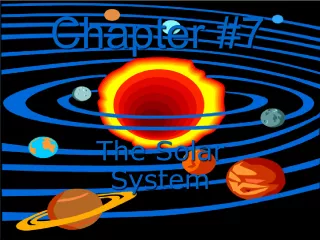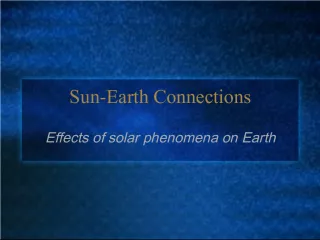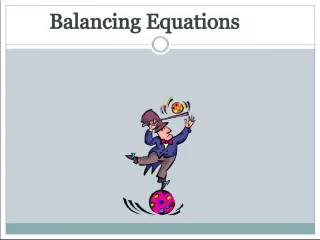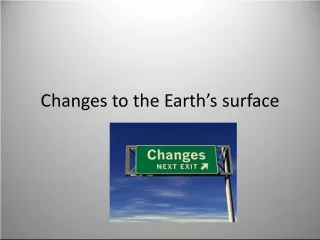Seismology and the Mass Distribution of the Earth


This article discusses the relationship between seismology and the mass distribution of the Earth. Specifically, it covers the mass of the Earth, how the spherical masses behave, and the mass concentration in the center of the Earth.
- Uploaded on | 1 Views
-
 savannah
savannah
About Seismology and the Mass Distribution of the Earth
PowerPoint presentation about 'Seismology and the Mass Distribution of the Earth'. This presentation describes the topic on This article discusses the relationship between seismology and the mass distribution of the Earth. Specifically, it covers the mass of the Earth, how the spherical masses behave, and the mass concentration in the center of the Earth.. The key topics included in this slideshow are Seismology, Mass, Earth, Spherical, Mass Distribution,. Download this presentation absolutely free.
Presentation Transcript
1. Seismology and Earths Interior
2. Mass of the Earth Spherical masses behave as if all mass located at central point g = GMe/R 2 Me = gR 2 /G g = 9.8 m/sec 2 R = 6,371,000m G = 6.67 x 10 -11 m 3 /(kg sec 2 ) Me = 9.8 x (6,371,000) 2 /(6.67 x 10 -11 ) = 6 x 10 24 kg
3. Mass in the Earth Rotating bodies have a moment of inertia (I) Corresponds to mass for linear motion Rotational velocity used as velocity term Generally of the form I = kMR 2 For a uniform sphere, k = 2/5 For the earth, K = 0.33 Hence, mass concentrated in center
4. Mass distribution in the Earth Model Earth as series of thin shells with given density Sum of masses must equal mass of the earth Sum of moments of inertia must equal moment of inertia of the earth
5. Gravity inside a Sphere Gravitational attraction inside a spherical shell = zero Gravitational attraction inside a uniform sphere drops linearly to zero at the center In the Earth: Gravity at radius r = Gm r /r 2 Mass above radius r has no effect Surprise nearly constant from surface to top of core Pressure = weight of overlying shells Thickness of shell x density x local gravity
6. How Seismographs Work
7. Seismic Waves
8. 1. Assume the Earth is uniform. We know it isn't, but it's a useful place to start. It's a simple matter to predict when a seismic signal will travel any given distance.
9. 2. Actual seismic signals don't match the predictions If we match the arrival times of nearby signals, distant signals arrive too soon If we match the arrival times of distant signals, nearby signals arrive too late. Signals are interrupted beyond about 109 degrees
10. 3. We conclude: Distant signals travel through deeper parts of the Earth, therefore .. Seismic waves travel faster through deeper parts of the Earth, and .. They travel curving paths (refract) Also, there is an obstacle in the center (the core).
11. Why Refraction Occurs
12. Waves Travel The Fastest Path
13. Seismic Waves in the Earth
14. Seismic Waves
15. Information Where We Need It Most
16. Properties of the Deep Earth
17. Continental Drift is Impossible! Shear modulus of deep mantle is 300 Gpa: more than steel Therefore continental drift is impossible! Fallacy: failure to recognize time scales Seismic waves reflect properties on a scale of seconds Convection reflects properties on a scale of years
18. Travel Time Curve
19. Inner Structure of the Earth
20. The overall structure of the Earth
21. Locating Earthquakes
22. Locating Earthquakes
23. Locating Earthquakes
24. Locating Earthquakes - Depth
25. Temperature: The Hard Part Near surface gradient = 25K/km Center of Earth would be 160,000 K at that rate We know mantle is solid (transmits S-waves) Estimated mostly from experimental data Extrapolating melting points to high pressure Comparing observed elastic properties with lab data
